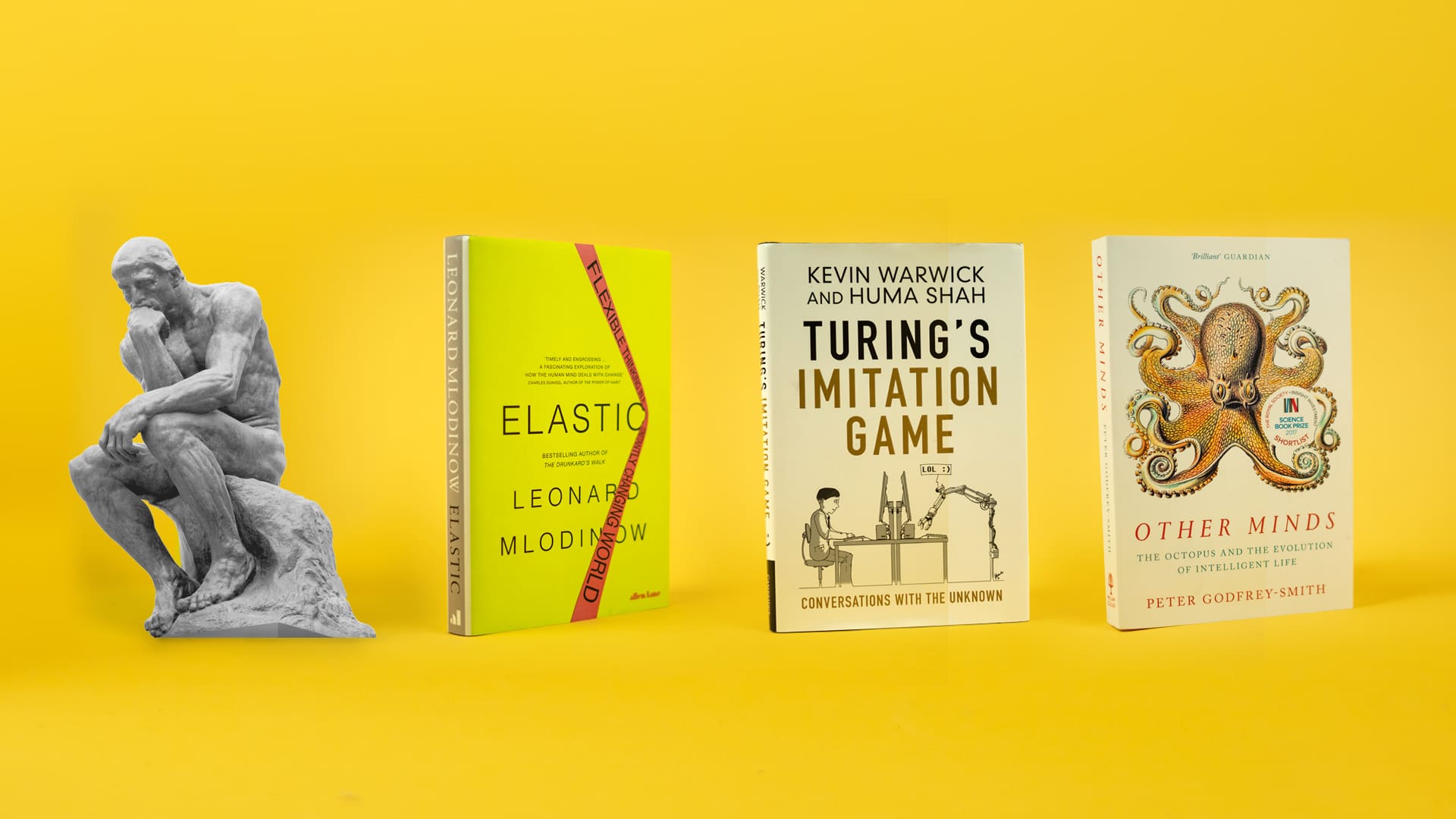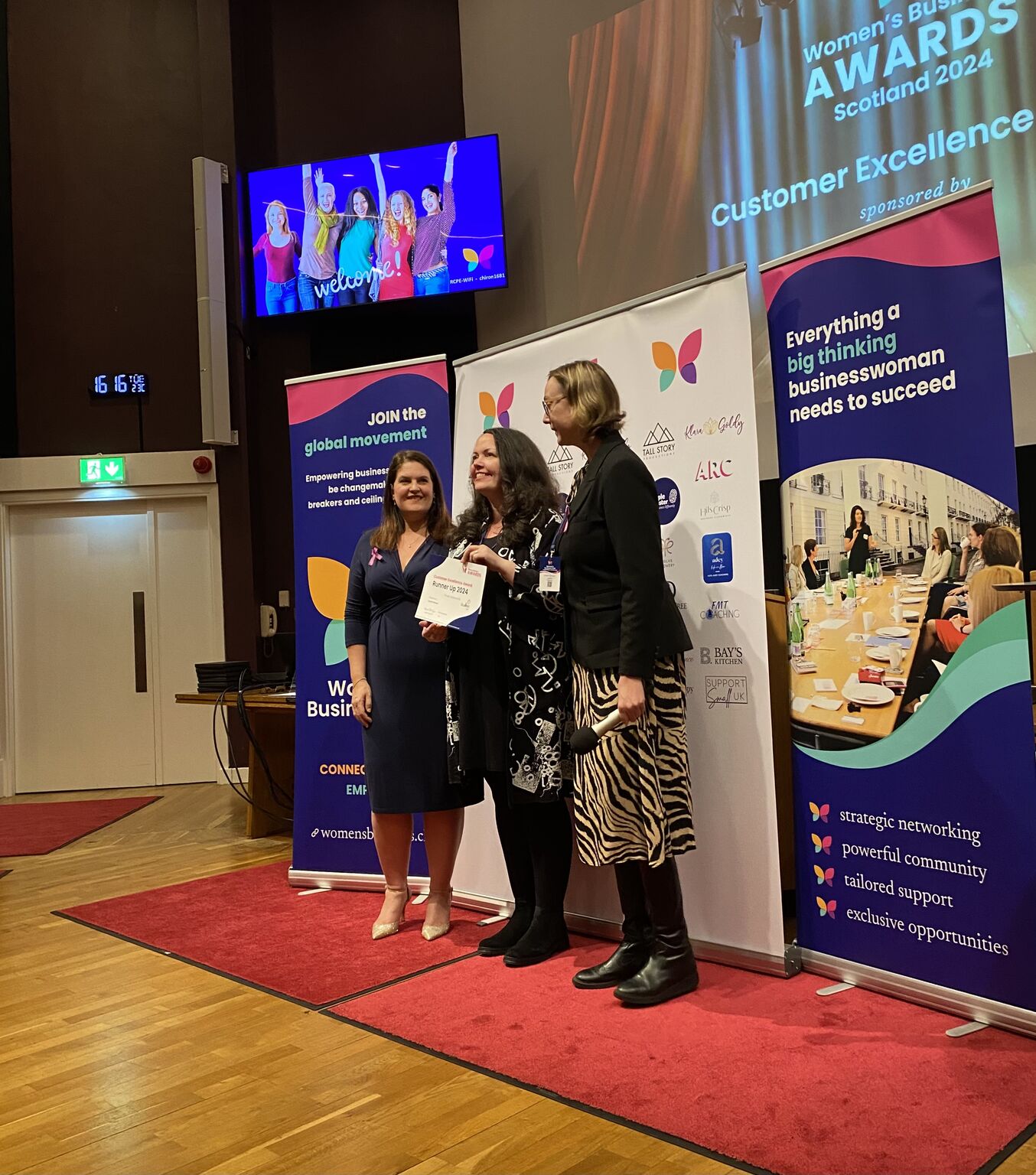“What do Pokemon Go and Mary Shelley’s Frankenstein have in common?
Why do some businesses survive and others fail at the first sign of change?
What gives the human brain the edge over computers?
The answer: Elastic Thinking”
– Elastic: Flexible Thinking in a Constantly Changing World, Leonard Mlodinow
In his recent book, Elastic: Flexible Thinking in a Constantly Changing World, Leonard Mlodinow posits that elastic thinking is what the world needs more than ever as change and challenge come at us from all directions. The book outlines three levels of thinking: scripted, analytical and elastic, and argues that elastic thinking is the most valuable. In the first part of this three-part blog series, we discussed scripted thinking and its limited use, followed by a discussion on analytical thinking and its applications in AI technologies. Today we’ll close out the series with a look at elastic thinking and what makes it special.
Elastic thinking includes pattern recognition, idea generation, divergent thinking, imagination & integrative thinking. It is not linear and often takes place in the unconscious mind, with multiple threads that can be pursued at the same time. This type of thinking is emotional and tailor-made for integrating diverse information such as solving riddles or finding new approaches to a common task because this mix of thought processes can create the conditions for a bespoke recipe in the mind. By considering ideas that otherwise might be tossed aside as bizarre or unusual, elastic thinking fuels our creativity. Finding novel & new solutions to existing problems is a rewarding process which only humans are capable of taking on.
The speed at which change and disruption is now occurring means that elastic thinking is more important than ever. Change is now ongoing and continual and creates opportunities that can be embraced with the use of elastic thinking instead of being feared. It used to be that in one’s working life you may have encountered one major change; a shift from one way of doing things to another- large societal shifts like the printing press, the typewriter and the computer spring to mind. But now there is change and disruption all around as the availability of information is constantly increasing. Knowledge now doubles every nine years and the number of websites doubles every three years, which no human can keep up with.
The first step in elastic thinking is to nurture thinking- to be more aware of scripted behaviour and responses, and to break free of them when they aren’t useful. This process requires self-awareness to examine your own thinking on a real-time basis, but the reward is a more mindful, wakeful existence that is more fulfilling overall.
To be elastic is to be unconstrained by narrow rules; free to think, explore and experiment with ideas that would otherwise not be realised. Whether these ideas are crazy, daft, stupid or brilliant, the act of engaging with them will bring fulfilment and better results than relying on the old standard of scripted thinking.
Here at Elastic, we’re literally named after this method of thinking. Getting outside the box is our specialty, and we like to think it comes through in all of the work that we do. Whether we’re working on a rebrand, a new brand identity, digital marketing, video assets or a brand strategy, we strive to think creatively- elastically- about the problem to solve it in a new and unique way. Looking for help propelling your brand forward with Elastic thinking? Contact us today.




